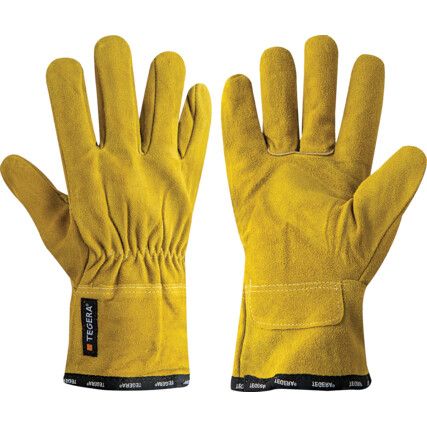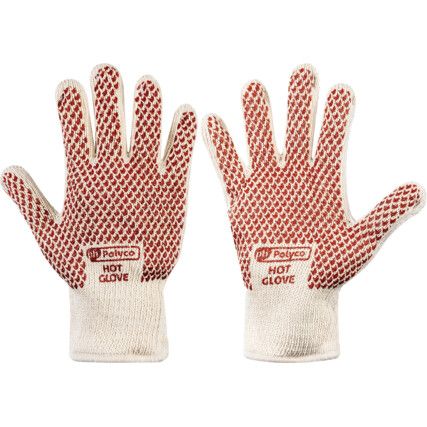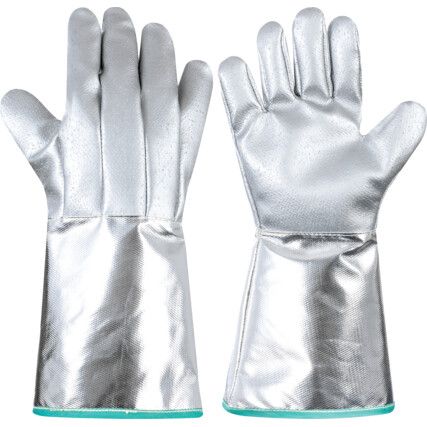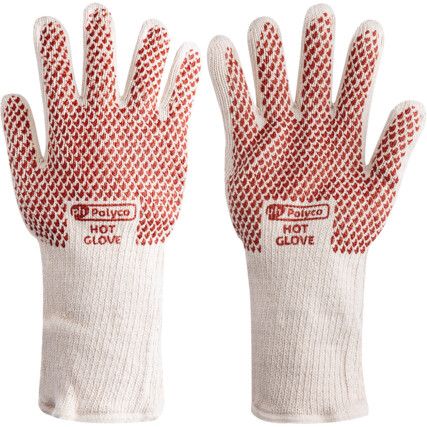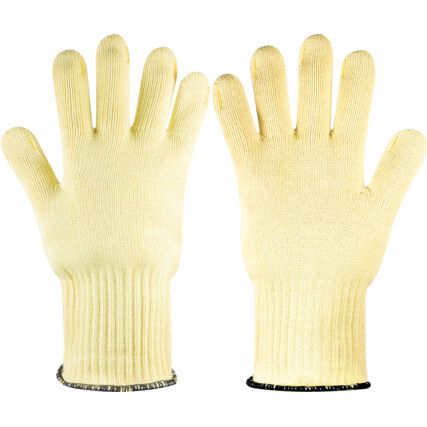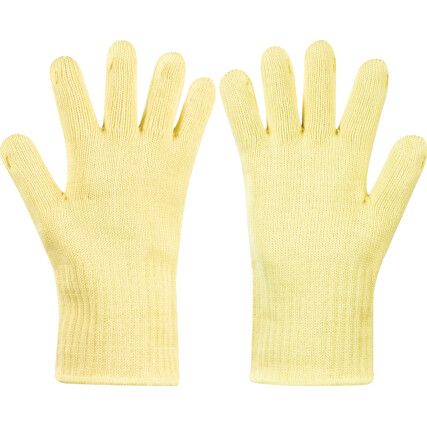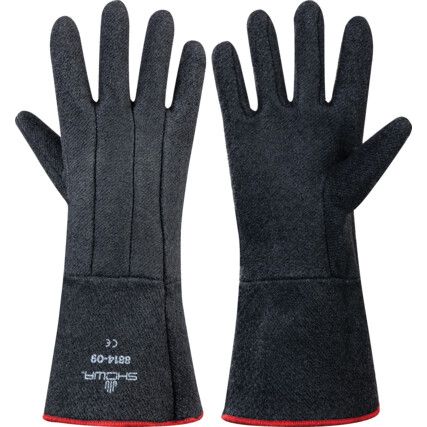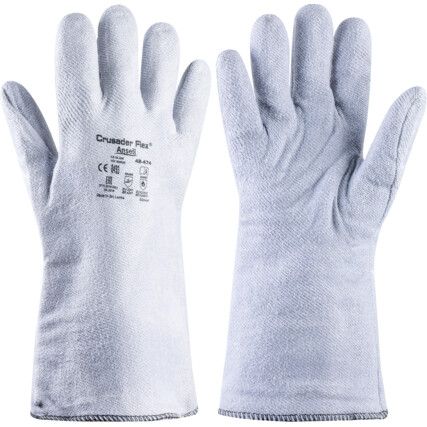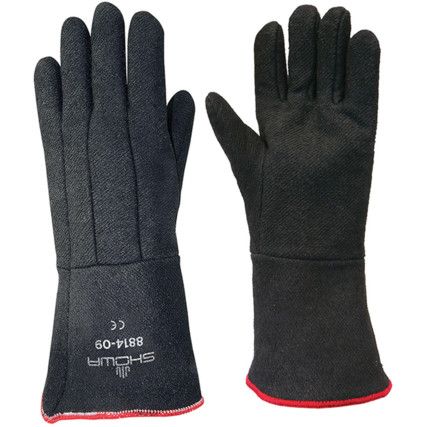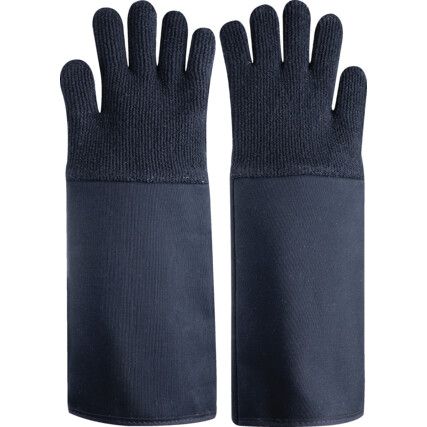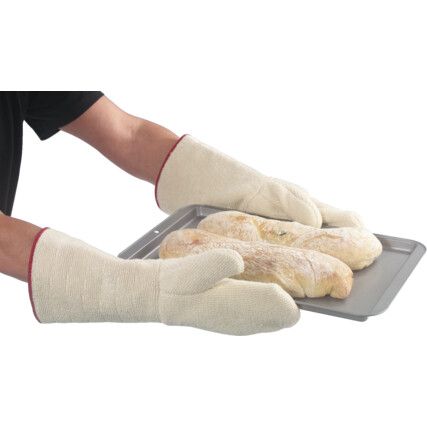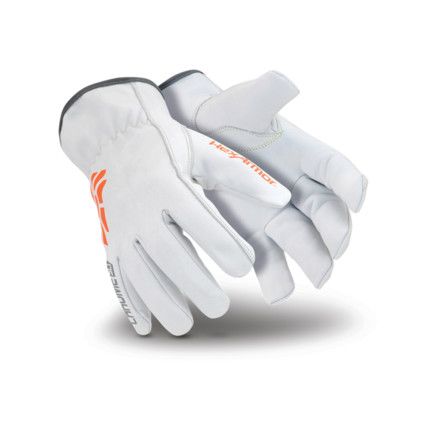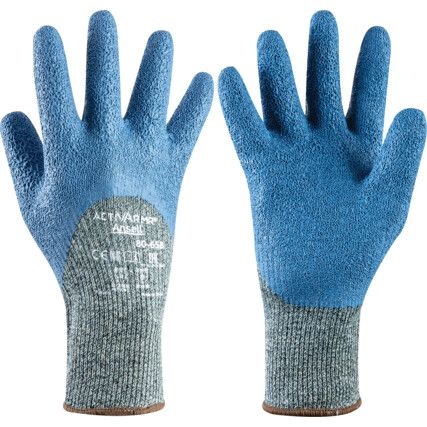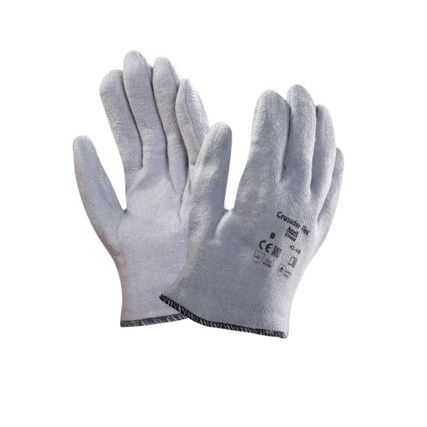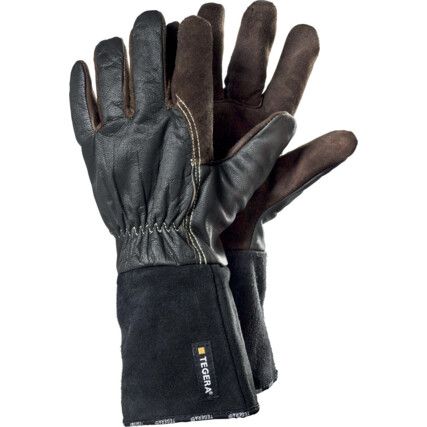Heat Resistant Gloves
Thermal risks affect a huge number of workers every year, with resulting burns and injuries impacting production and long-term health. Our wide selection of heat resistant gloves is compliant with EN 407 standards to deliver excellent protection against thermal hazards and help to support safe working conditions.
At Cromwell, we're proud to stock high-performance safety gloves from well-known brands, like Ejendals®, Showa® and Polyco®.
What are heat resistant gloves?
Heat resistant gloves protect the hands and wrists against thermal risks, including contact, convective and radiant heat. For welding and other metalwork, this type of PPE glove can also protect against molten metal.
When are heat resistant gloves used?
Heat resistant gloves protect hands from flames and burn injuries. They benefit workers who are regularly exposed to these kinds of hazards, including metalworkers, welders, glass manufacturers and many more.
Heat resistant glove types
Heat resistant gloves must comply with EN 407 and be CE marked. Each glove is tested according to a series of risks and assigned a rating to show the amount of protection they provide against that hazard. This keeps product markings consistent and helps end-users to identify the glove that best suits the application.
For example: EN 407:2020 2.4.4.1.X.X. Here 1 is the lowest and 4 the highest. In this example, the glove delivers excellent protection against contact and convective heat, medium flammability protection and low molten metal protection. The X means that the glove hasn't been tested for this risk.
• Flammability - This test measures the length of time the glove stays alight or burning after being exposed to direct flame. The rating is applied according to the seconds it takes for the burn and glow to stop. This is rated between 1 to 4, with 1 taking the longest time (fifteen seconds or more), and 4 taking under two seconds to go out
• Contact heat - A glove is exposed to between 100°C and 500°C and the time it takes to reach 10°C is measured. Anything over fifteen seconds is a failure
• Convective heat - This test measures the time it takes for the inside of a glove to reach 24°C when exposed to a gas flame. The longer it takes the better the rating, with eighteen seconds and over scoring a 4
• Radiant heat - Much like the convective heat test, the back of the glove is exposed to a radiant heat source, and the time it takes for the inside of the glove to reach 24°C is measured. Ninety-five seconds and over scores a 4
• Molten metal (small splashes) - This test measures the number of drops of molten metal needed on the glove to increase the temperature by 40°C inside. Thirty-five drops and over scores a 4
• Molten metal (large splashes) - This test simulates the impact to human skin should a glove come into contact with large splashes of molten metal. PVC material is placed inside the glove and molten metal is poured over it. The PVC is then checked for impact. This test is performed three times and measures the amount of molten metal poured onto the glove before it fails, or the PVC melts. A measurement of 200g of molten metal and over scores a 4
Considerations when choosing heat resistant gloves
• Hazards - the type of thermal risks the end-user will be exposed to dictates the choice of glove.
• Fit - The glove should provide a comfortable fit without pressure or discomfort when moving the fingers.
• Other PPE - heat resistant gloves to be worn in conjunction with other PPE must be chosen to ensure that it doesn't hinder the protection provided by the other PPE.
Heat resistant gloves jargon buster
We want to make shopping our range of heat resistant gloves easier. So, we've broken down and defined a key safety standard to help you to better understand this product's applications.
What does the safety glove standard EN 407:2020 mean?
EN 407:2004 outlines the testing and safety rating applications for heat resistant gloves.
Let's break it down...
• EN - This is the European standard
• 407 - This is the legislation number
• 2020 - This is the year this standard was updated and supersedes the 2004 version
FAQs
Do rubber gloves protect against heat?
A heavy-duty glove dipped in latex can benefit from the heat resistance the latex provides, however a latex rubber glove alone won't deliver heat resistance. Nitrile is far superior to latex as a glove coating and provides resistance to contact heat up to 250°C.
What is a Kevlar glove?
Kevlar® is a trademark aramid synthetic fibre developed by DuPont®. It's extremely strong and heat-resistant, with a melting point above 500°C, which makes it the perfect material for heat resistant gloves.
Are cut resistant gloves heatproof?
While a lot of cut resistant gloves comply with both EN 388 and EN 407, it's important to ensure the range of protection covers the risk level of the application. Welding gloves are a good example of mechanical and heat protection, and, depending on the type of welding (MIG, TIG or Stick) can protect against large splashes of molten metal and cuts. A risk assessment should be conducted on any task that might pose hazards to the user.
For more information on heat-resistant gloves see our Hand Protection Guide... https://www.cromwell.co.uk/info/safety-technical-hand-protection
